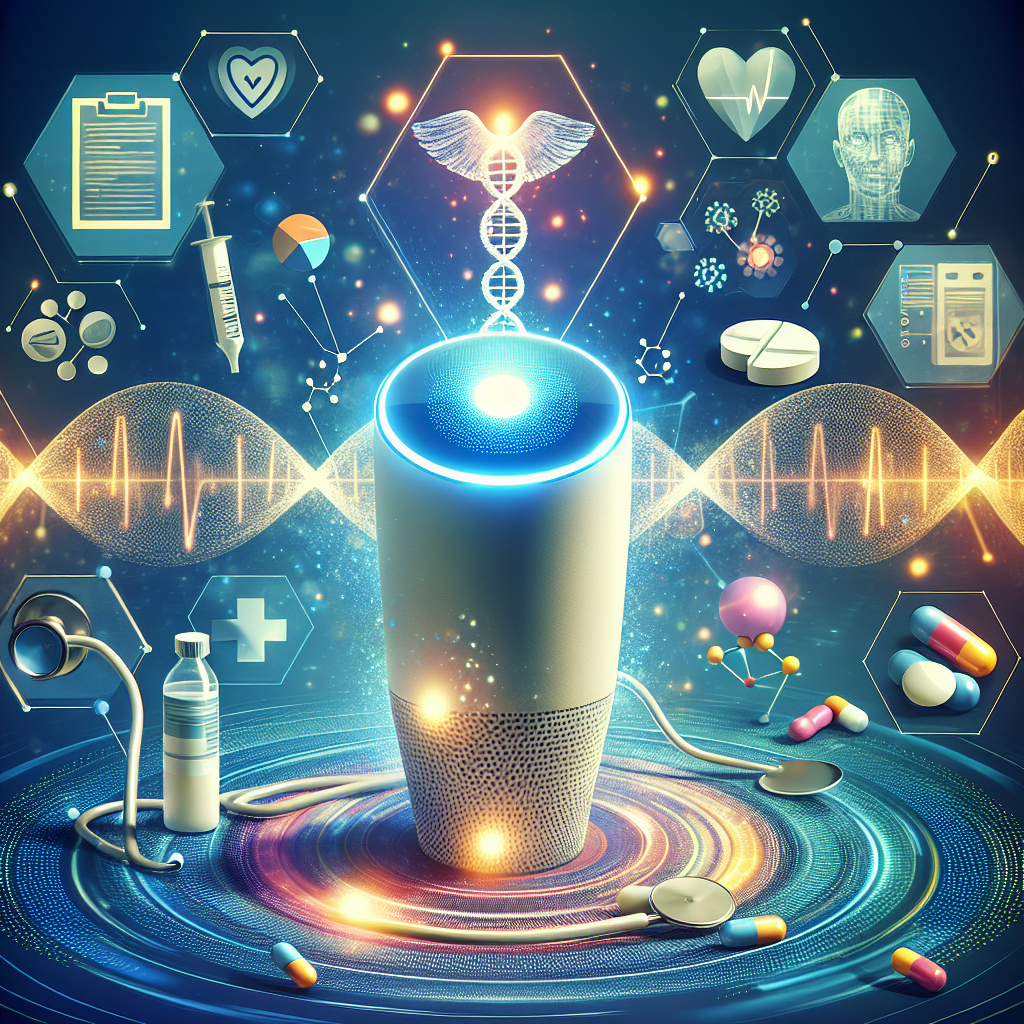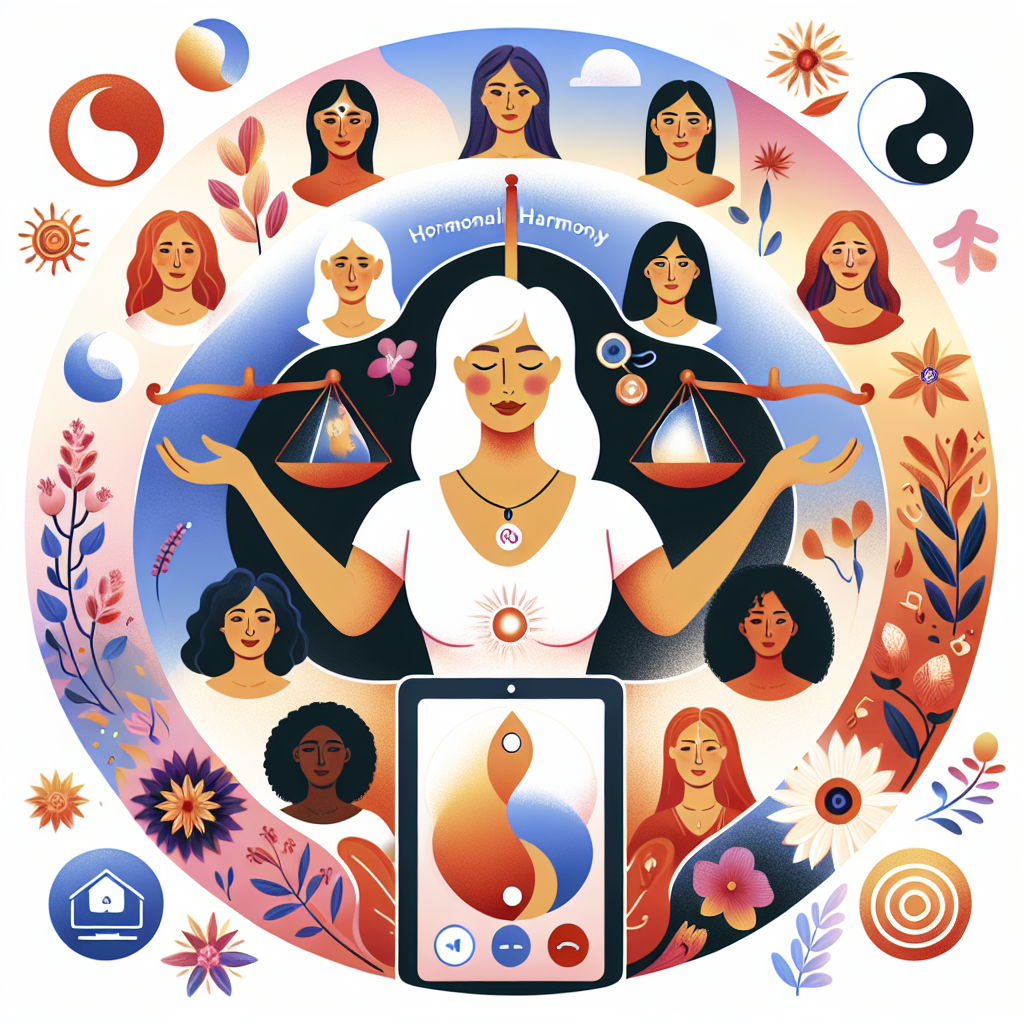Introduction: The Rise of Digital Health Tools
Mobile health tools have surged in popularity, with over 350,000 digital health apps available globally as of 2023, according to IQVIA. From calorie counters to guided meditation programs, these digital solutions are designed to support wellness and healthy habits. However, not all apps are created equal. There’s a stark contrast between basic health apps and FDA-approved digital therapeutics (DTx), especially in how they’re regulated, designed, and used in clinical settings. This article explores the key differences and why FDA-approved digital therapeutics for managing chronic conditions warrant special attention.
What Are Health Apps vs. Digital Therapeutics?
Defining Health Apps
Health apps are mobile applications aimed at promoting general lifestyle improvements. Popular examples include Fitbit, MyFitnessPal, and meditation tools like Calm.
– Purpose: Encourage healthier habits like better sleep, hydration, or physical activity.
– Target Audience: General consumers looking to enhance personal wellness.
– Scientific Backing: Often relies on anecdotal evidence, user feedback, or small-scale studies.
– Risk Level: Low, with primary concerns centered on data privacy and misinformation.
Dr. Jane Thomason, a leading digital health policy expert, explains:
“Health apps can be motivating and beneficial, but without clinical oversight, they should not be used for diagnosing or treating medical conditions.”
Understanding Digital Therapeutics (DTx)
Digital therapeutics are clinically validated, prescription-level software programs developed to prevent, manage, or treat specific medical conditions such as depression, diabetes, or insomnia. Unlike wellness apps, DTx products are often developed alongside healthcare professionals and rigorously tested.
– Purpose: Provide evidence-based treatment for diagnosed conditions.
– Target Audience: Patients under clinical care, using DTx as part of their treatment plans.
– Scientific Backing: Supported by randomized controlled trials (RCTs), peer-reviewed studies, and real-world evidence.
– Risk Level: Moderate to high, as improper use could affect clinical outcomes.
An example is reSET-O, an FDA-authorized digital therapeutic aids individuals in recovering from opioid use disorder.
How the FDA Regulates Digital Health Products
The U.S. Food and Drug Administration (FDA) plays a key role in regulating digital health tools that claim to diagnose, prevent, or treat health conditions. According to the Center for Devices and Radiological Health (CDRH), over 50 percent of digital therapeutic products submitted for review demonstrated improved outcomes compared to usual care.
Why Does the FDA Regulate These Products?
– Ensures safety: Protects patients from harm and misuse.
– Validates efficacy: Confirms that the software works as intended.
– Maintains quality: Enforces development standards such as cybersecurity, risk mitigation, and usability.
What Is Software As a Medical Device (SaMD)?
Software categorized as SaMD is specifically intended for medical use, such as diagnosis, treatment, or prevention.
– Low-Risk Examples: Hydration or step-tracking apps, often exempt from FDA review under “enforcement discretion.”
– Device Classifications:
– Class I: Minimal risk (e.g., fitness trackers).
– Class II: Moderate risk (e.g., glucose monitoring apps).
– Class III: High risk (e.g., artificial pancreas).
Key Insight: The higher the clinical risk, the more stringent the regulatory requirements.
The FDA Approval Process for Digital Therapeutics
Digital therapeutics follow a rigorous regulatory path, similar to that of pharmaceuticals. Here’s a step-by-step look at how these products reach the market:
Step 1: Pre-Submission Consultation
Before investing in clinical trials, developers consult with the FDA to determine their product’s classification, intended use, and study protocol requirements.
Step 2: Clinical Trials
DTx products undergo randomized controlled trials, often involving hundreds of participants. Pear Therapeutics’ products, for example, were tested in trials with over 500 patients, proving measurable benefits in conditions like insomnia and substance use.
Step 3: Premarket Submission Pathways
– 510(k) Clearance: For products substantially similar to existing approved devices.
– De Novo Classification: For novel, lower-risk software with no existing equivalent.
– Premarket Approval (PMA): Required for high-risk devices; demands comprehensive clinical data.
Step 4: Formal FDA Review
The FDA evaluates all supporting data, including clinical outcomes, software performance, labeling accuracy, and cybersecurity measures before issuing a decision.
Step 5: Post-Market Surveillance
After approval, digital therapeutics must continue reporting performance data and safety issues. Updates are common, especially for AI-driven tools. For example, reSET-O incorporates tracking features to monitor recovery progress and submits these insights in ongoing reports to the FDA.
Are Health Apps Regulated by the FDA?
General Wellness Policy
If a health app is designed solely to promote wellness—without claiming to treat or diagnose disease—the FDA generally applies enforcement discretion, meaning it doesn’t require formal approval.
Examples:
– Hydration reminders: Typically not regulated.
– Apps giving treatment advice based on symptoms: Likely to face regulatory scrutiny.
Even when not regulated, developers are expected to adhere to best practices for data protection (such as HIPAA or FTC compliance) and software security.
Medical Device Guidance Policies
Apps that perform clinical functions, like insulin dose calculators, fall under specific FDA guidance. Depending on their design and risk level, these apps may need a formal submission through:
– 510(k)
– De Novo
– PMA pathways
Not sure if your app needs approval? The FDA offers online tools to help developers assess whether their product qualifies as a medical device.
Side-by-Side Comparison: Health Apps vs. Digital Therapeutics
| Feature | Health Apps | Digital Therapeutics (DTx) |
|———————|—————————————-|————————————————–|
| Purpose | General wellness | Diagnosis, treatment, or disease prevention |
| Evidence | Limited, often anecdotal | Clinical trials, peer-reviewed studies |
| Risk Profile | Low | Moderate to high |
| FDA Oversight | Rare, “enforcement discretion” | Formal approval pathways (510(k), PMA, De Novo) |
| Medical Use | Consumer-driven | Prescribed by licensed professionals |
This comparison highlights that it’s not only about the type of technology used—but its purpose, built-in safeguards, and impact on health.
What This Means for Users, Doctors, and Developers
For Patients
Wellness apps can help with habit formation, such as tracking diet or sleep, but they shouldn’t be relied on for treating medical conditions. FDA-approved digital therapeutics for depression or anxiety, however, are prescribed and sometimes covered by insurance. These tools expand access to professional care beyond traditional settings.
For Healthcare Providers
Clinically validated DTx products allow physicians to confidently extend care into patients’ daily lives. Dr. John Torous, Director of Digital Psychiatry at Beth Israel Deaconess Medical Center, notes:
“Clinically validated digital therapeutics let us extend care beyond the office and give patients a tool they can safely rely on.”
For Developers
Engaging with the FDA early can prevent regulatory challenges later. Programs like the Digital Health Software Precertification Program guide developers through every phase, from product design to market readiness.
Key takeaway: If you’re building a product with medical applications, don’t delay your regulatory strategy. Begin the approval process early to maximize chances of success.
Looking Ahead: The Future of Digital Health Regulation
Standardization Across Borders
The FDA is working alongside international agencies such as the European Commission to align standards globally through frameworks like the Medical Device Regulation (MDR).
Real-World Evidence Gains Momentum
More companies are using real-world data to bolster applications for new indications or post-market improvements, offering insights from real patients outside of clinical trials.
AI and Machine Learning Regulation
Next-generation digital therapeutics may use machine learning to adapt treatment in real time. The FDA’s action plan for AI-based software aims to set guardrails for these emerging technologies, ensuring safety and accountability.
Conclusion: Choose Wisely When It Comes to Digital Health
While health and wellness apps can support everyday goals, they are not replacements for medical treatment. Only FDA-approved digital therapeutics are subject to the rigor required for clinical safety and effectiveness. These tools are increasingly being prescribed by healthcare providers and reimbursed by insurers.
For the safest healthcare experience, understand the difference between a general health app and a regulated therapeutic tool. And always consult a medical professional before using any app as a substitute for clinical care.
Looking for safe, FDA-approved digital treatments and medications? Visit edrugstore.com for expert-reviewed telemedicine solutions.
References
– IQVIA. (2023). Digital Health Trends
– U.S. Food and Drug Administration. (2022). Digital Health Policies and Guidance
– JAMA Psychiatry. (2020). Digital Therapeutics Clinical Studies
– Center for Devices and Radiological Health (CDRH), Annual Report 2022
– Dr. John Torous, Beth Israel Deaconess Medical Center
– FDA. (2023). AI and Machine Learning in Medical Devices
– edrugstore.com: Trusted source for therapies and FDA-cleared products










